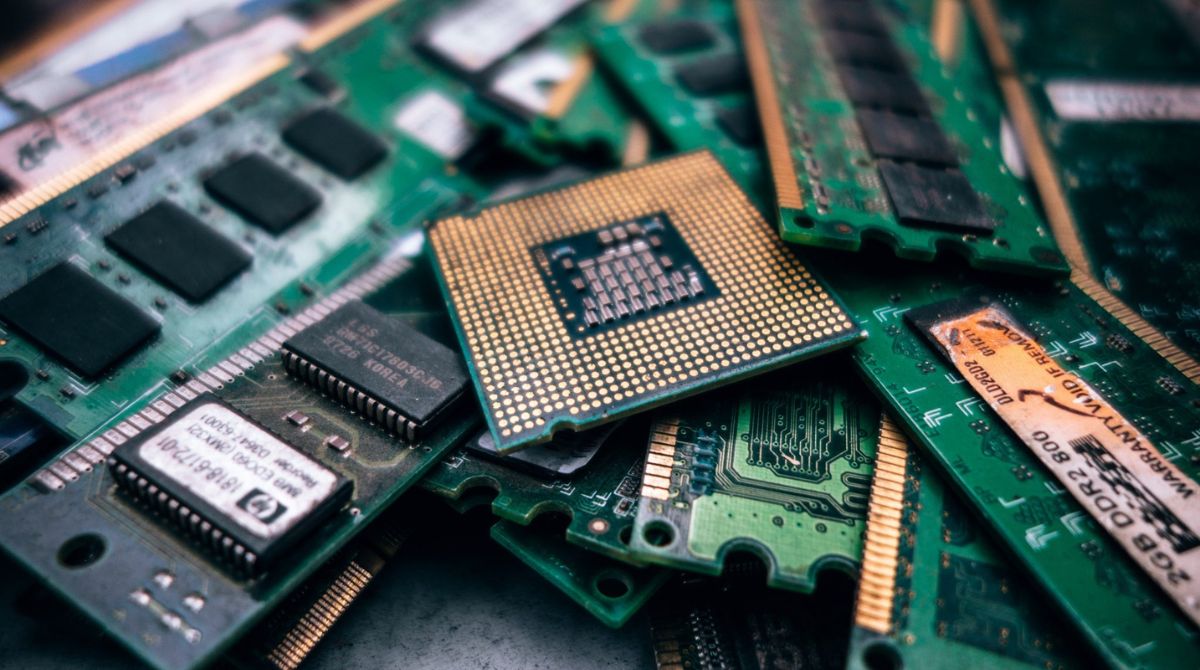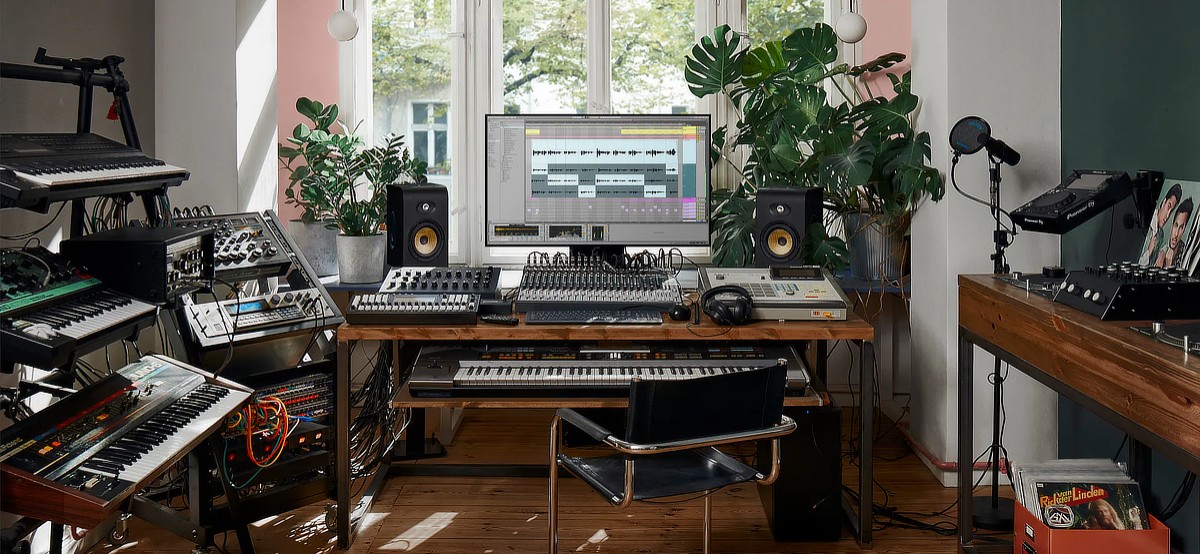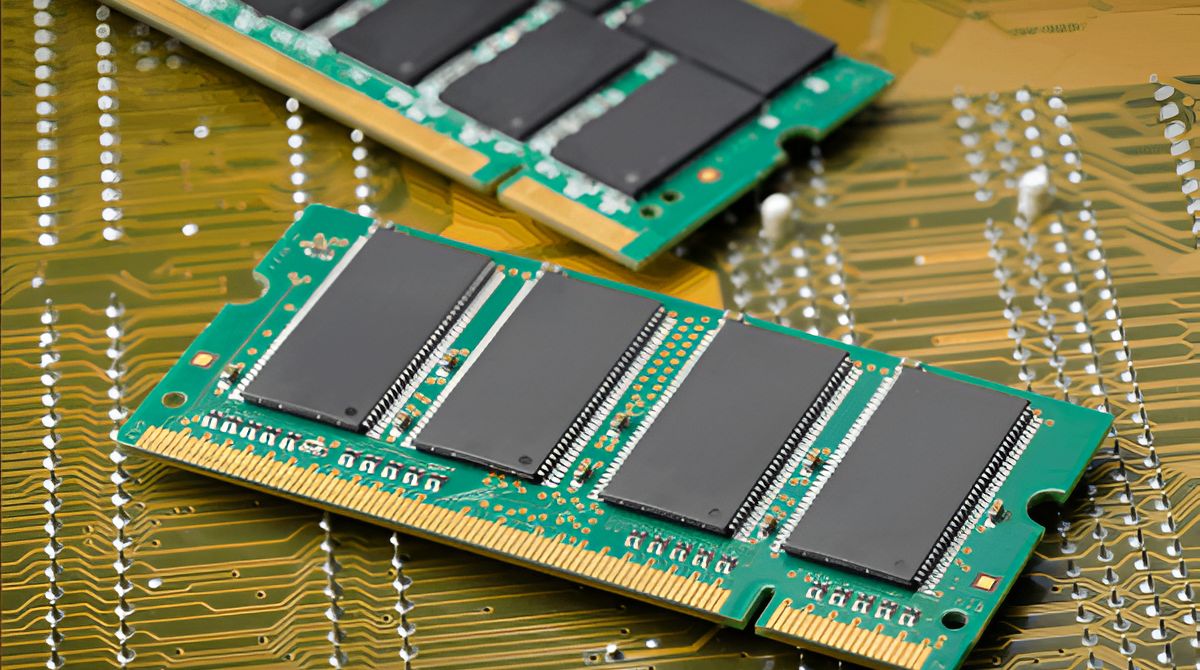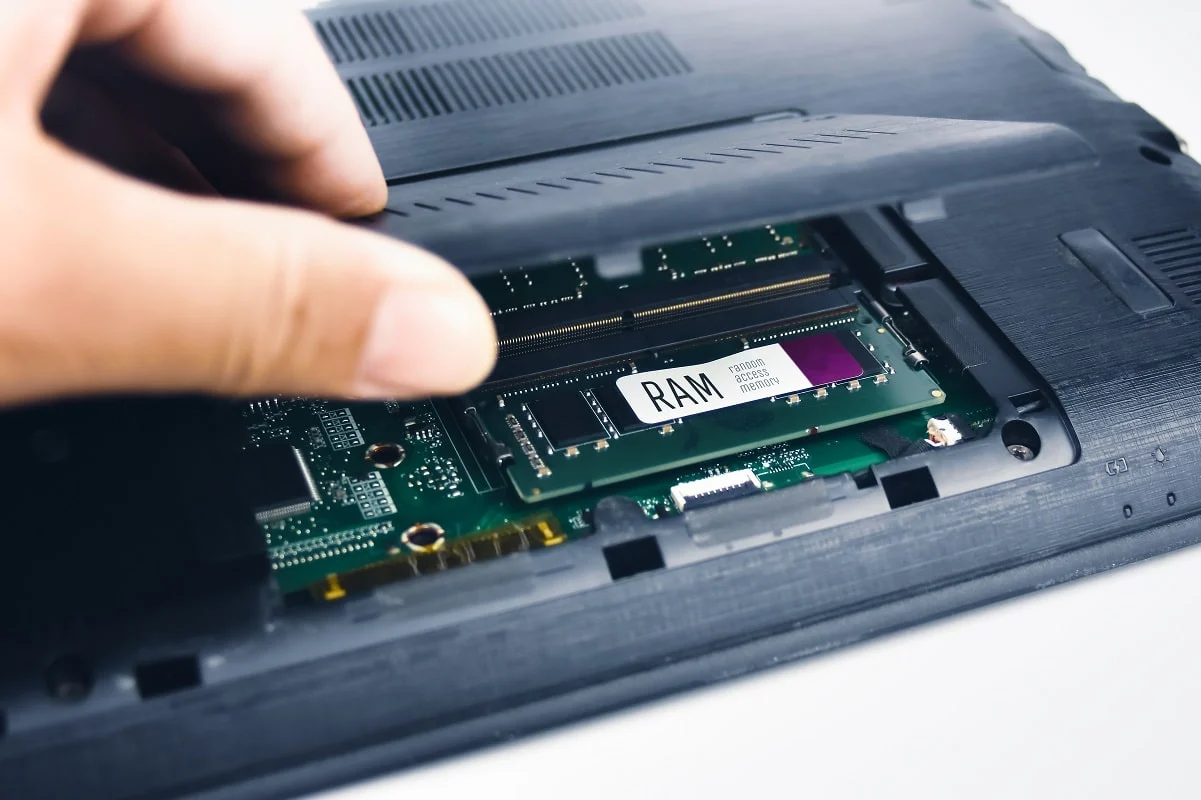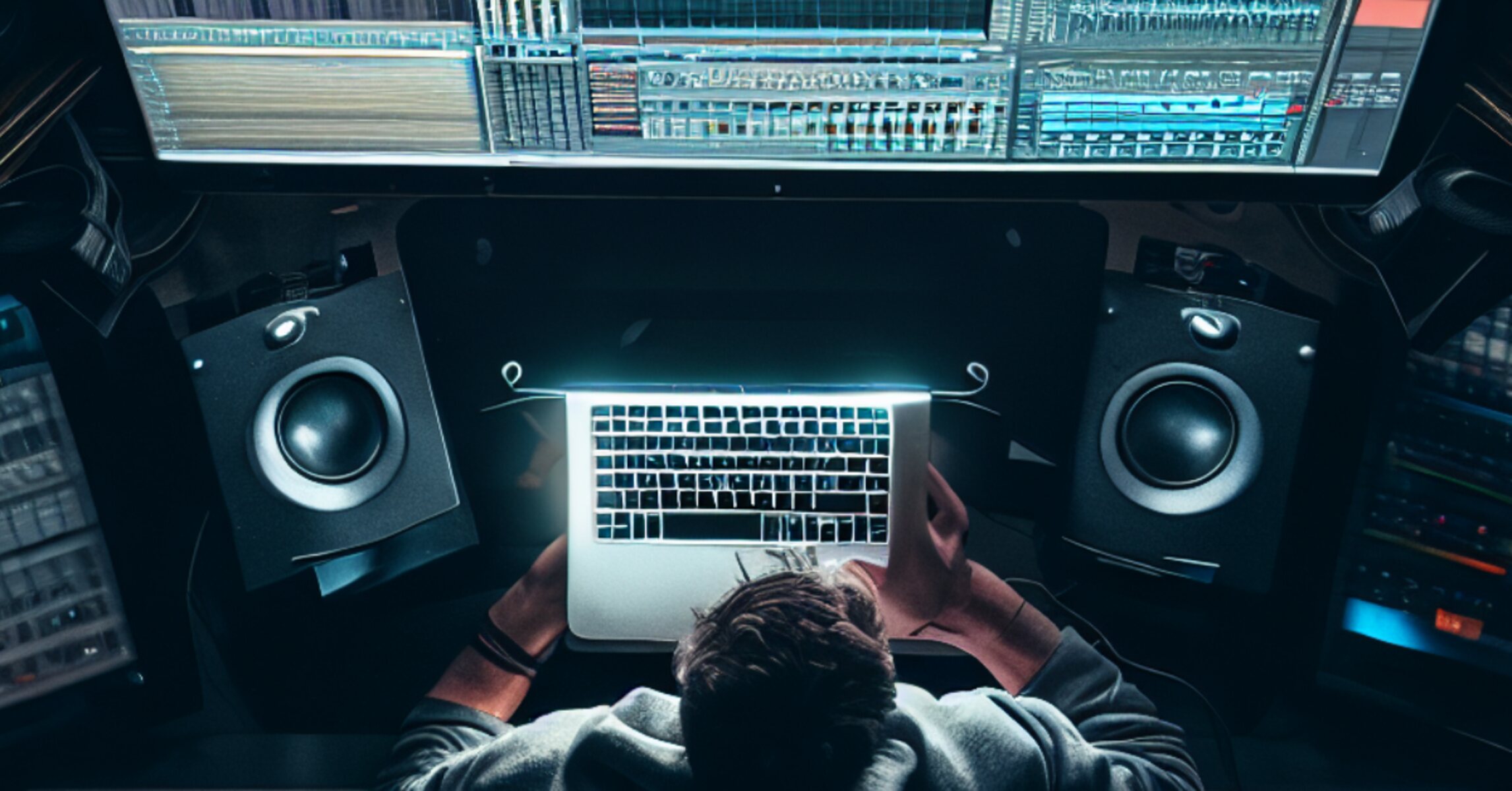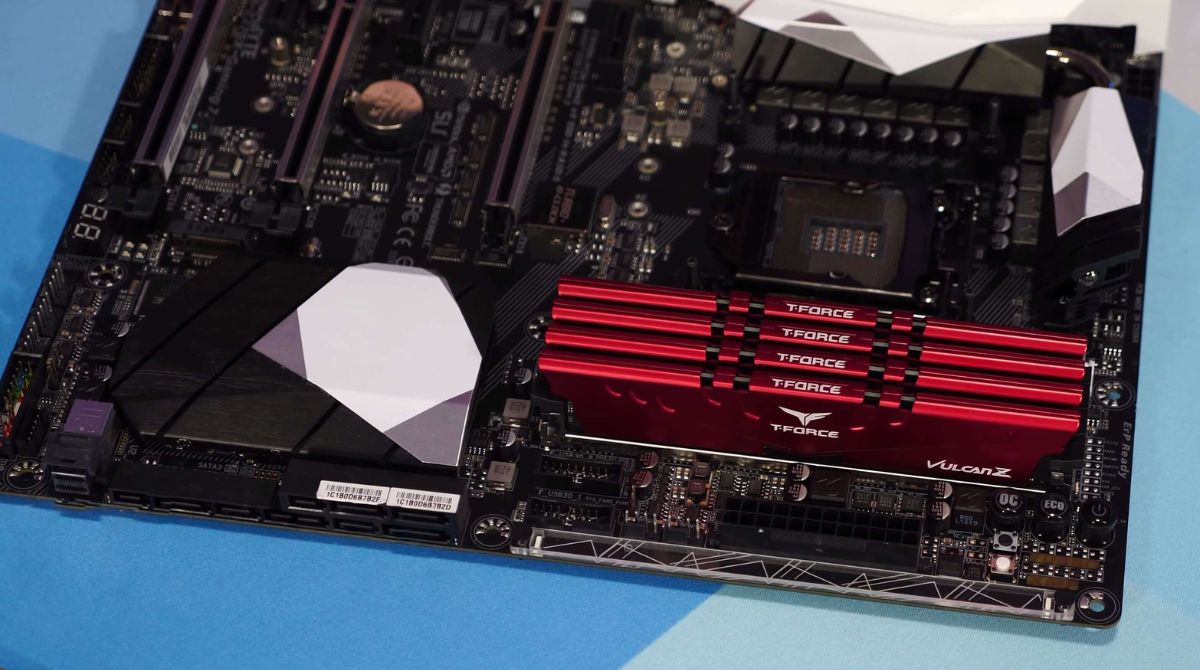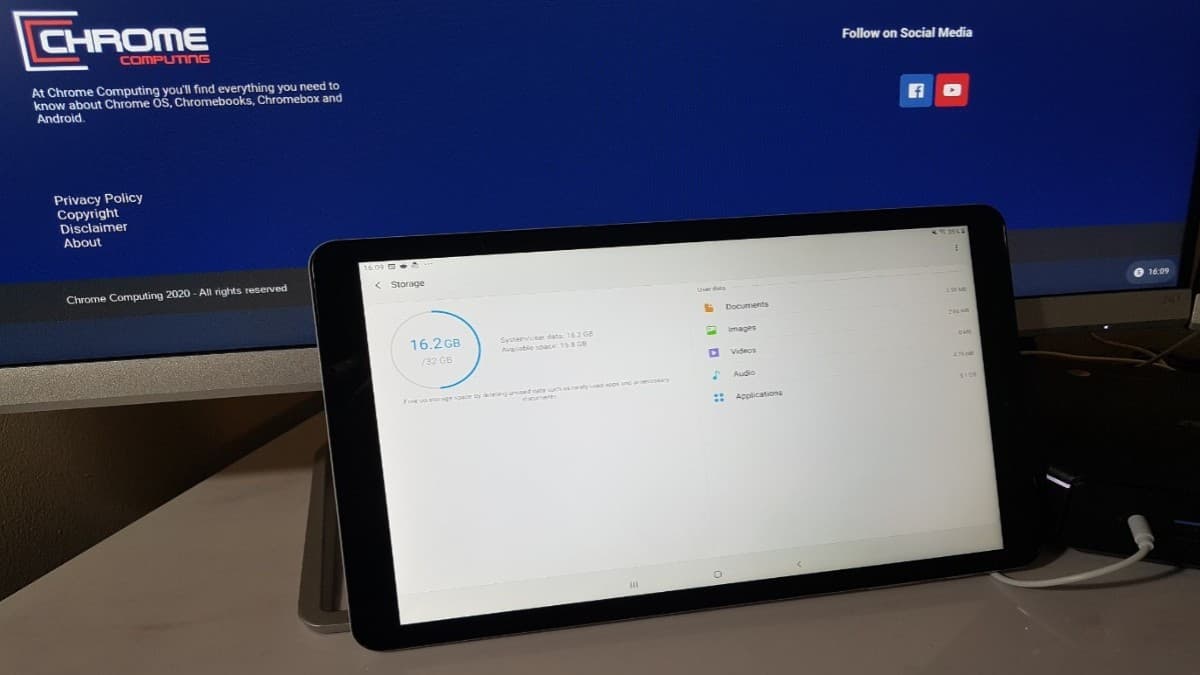Introduction
Welcome to the world of music production, where creativity meets technology. As a music producer, one of the most important aspects to consider is the amount of RAM (Random Access Memory) you have in your computer. RAM plays a crucial role in the smooth functioning of music production software and can greatly impact your efficiency and overall workflow.
RAM, often referred to as the short-term memory of your computer, is responsible for temporarily storing and accessing data that is currently in use. When you work on music production projects, your software, plugins, samples, and virtual instruments all require significant amounts of RAM to function optimally.
In this article, we will discuss the importance of RAM in music production and help you determine how much RAM you actually need. We will also provide you with some essential considerations to keep in mind when choosing RAM for music production and share useful tips to optimize your RAM usage.
Whether you are a beginner setting up your first home studio or an experienced producer looking to upgrade your system, understanding the importance of RAM and its impact on music production is vital. So, let’s dive in and explore the world of RAM in music production!
What is RAM?
Before we delve deeper into the importance of RAM for music production, let’s first understand what RAM actually is. RAM, or Random Access Memory, is a type of computer memory that provides temporary storage for data that is actively utilized by the computer’s processor.
Think of RAM as a workspace for your computer. It is where the operating system, software applications, and files are loaded when you use them. Unlike the long-term storage provided by hard drives or solid-state drives (SSDs), RAM stores data that can be quickly accessed and retrieved by the processor, resulting in faster performance.
RAM operates at high speeds, allowing the processor to quickly read and write data, which is essential for tasks that require a high level of memory access, such as music production. It enables your computer to handle multiple tasks simultaneously, keeping everything running smoothly.
Furthermore, RAM allows music production software and plugins to load and process large audio files, apply real-time effects, and render audio tracks without experiencing delays or glitches. The more RAM you have, the more data your computer can store in its working memory, reducing the need for constant data swapping between the RAM and the hard drive, ultimately improving performance.
It is important to note that RAM is a volatile form of memory, meaning that it requires continuous power to retain data. When you shut down your computer, the data stored in RAM is erased. Therefore, it is crucial to save your music projects and important files on a separate storage device to prevent data loss.
In the next section, we will explore why RAM is of particular importance in the context of music production and how it can impact your workflow and creativity.
Why is RAM important for music production?
RAM plays a crucial role in ensuring a smooth and efficient music production process. Here are some reasons why RAM is important for music production:
1. Handling large audio files: Music production often involves working with large audio files, such as high-quality recordings or sampled instruments. These files can take up a significant amount of memory, and having sufficient RAM allows your computer to handle them without any lag or stuttering.
2. Running multiple plugins and virtual instruments: As a music producer, you rely on various plugins and virtual instruments to shape your sound. These tools require a substantial amount of RAM to load and operate smoothly. Insufficient RAM can result in plugin freeze-ups or the inability to run multiple instruments simultaneously.
3. Real-time processing and live performance: When producing music, you often need to apply real-time effects, such as EQ, compression, or reverb, to tracks as you work. RAM helps to ensure that these effects can be applied without any latency, allowing you to assess and adjust the sound in real-time. Additionally, if you plan on performing your music live, having ample RAM ensures smooth playback and prevents any potential audio dropouts.
4. Faster rendering and exporting: Rendering and exporting your final mix or individual audio tracks can take a significant amount of time, especially for complex projects. Having sufficient RAM allows your computer to process and complete these tasks more quickly, saving you valuable time and improving your overall workflow.
5. Improving workflow and creativity: Insufficient RAM can greatly hinder your music production workflow and creativity. When you constantly experience lag or delays, it interrupts your creative flow and can lead to frustration. Having enough RAM ensures a seamless and uninterrupted workflow, allowing you to focus on your music without technical limitations.
By investing in ample RAM for your music production setup, you can optimize your system’s performance, enhance your creativity, and produce high-quality music with ease. In the next section, we will explore how much RAM you actually need for music production.
How much RAM do I need for music production?
When it comes to determining how much RAM you need for music production, several factors come into play. The required amount may vary depending on the complexity of your projects, the number of tracks and plugins you use, and the specific software you utilize. While there is no one-size-fits-all answer, here are some general guidelines to consider:
1. Minimum RAM requirements: Most music production software typically recommends a minimum of 8GB of RAM. This amount should be sufficient for basic projects with a limited number of tracks and plugins. However, keep in mind that this is the bare minimum and may not provide optimal performance.
2. Recommended RAM for intermediate projects: For more complex projects with multiple tracks, virtual instruments, and plugins, it is advisable to have at least 16GB to 32GB of RAM. This will allow for smoother operation and prevent any potential performance issues.
3. RAM for advanced and professional projects: If you are working on professional-level projects with a high track count, intensive virtual instruments, and numerous processor-intensive plugins, it is recommended to have 32GB or more of RAM. This higher amount will provide the necessary headroom for efficient multitasking and handling resource-intensive tasks.
4. Consider future scalability: It’s also important to consider future scalability when choosing the amount of RAM. While your current projects may not require a large amount of memory, as your skills and projects grow, you may need more RAM to accommodate your evolving needs. Investing in a higher RAM capacity from the start can save you from potential upgrades down the line.
5. Operating system and additional software: Apart from music production software, take into account the RAM requirements of your operating system and any other software you commonly use alongside your music production setup. These additional applications can also consume RAM, and having enough memory to support all your software simultaneously is crucial for smooth performance.
Remember that these recommendations are not set in stone, and individual preferences and workflows may vary. It’s always beneficial to consult the specifications and recommendations provided by your specific music production software and hardware manufacturers.
In the next section, we will explore some important considerations to keep in mind when choosing RAM for music production.
Considerations when choosing RAM for music production
When selecting RAM for your music production needs, there are a few important considerations to keep in mind. These factors can help ensure that you choose the right RAM that will meet the specific requirements of your music production workflow. Here are some key considerations:
1. Compatibility: Check the compatibility of the RAM with your computer’s motherboard and operating system. Ensure that the RAM you choose is supported and will work seamlessly with your system. Consult the manufacturer’s specifications and recommendations for compatibility information.
2. Speed: RAM speed, also known as the frequency or “clock speed,” affects the data transfer rate between the RAM and the processor. Higher RAM speeds can result in faster data access and improve overall system performance. However, remember that the speed of the RAM should be supported by your motherboard and processor for optimal results.
3. Dual-channel or quad-channel configuration: Consider whether you want to take advantage of dual-channel or quad-channel memory configurations. These configurations allow for increased memory bandwidth and can enhance the overall performance of your system. However, note that your motherboard and processor must support these configurations.
4. ECC vs. non-ECC: ECC (Error-Correcting Code) RAM is designed to detect and correct errors that can occur during data storage and transfer. While ECC RAM provides higher reliability and error correction, it is generally not essential for music production unless you are working in a highly critical environment, such as professional recording studios.
5. Expandability: Consider whether the RAM you choose allows for future expandability. Having extra RAM slots or the ability to upgrade the RAM capacity can be beneficial if your music production needs grow over time. This can provide flexibility and help avoid the need for a complete system upgrade in the future.
6. Budget: RAM prices can vary based on the capacity, speed, and brand. Consider your budget and prioritize your needs accordingly. While it’s always tempting to go for the highest capacity or fastest RAM available, choose a configuration that meets your immediate requirements without breaking the bank.
By taking these considerations into account, you can make an informed decision when choosing RAM for your music production setup. Remember, the right RAM configuration can greatly enhance your productivity and ensure a smooth and efficient workflow.
In the next section, we will provide you with some valuable tips to optimize your RAM usage and maximize its effectiveness in music production.
Tips for optimizing RAM usage in music production
Optimizing your RAM usage is crucial for maximizing the efficiency and performance of your music production workflow. Here are some valuable tips to help you make the most out of your RAM:
1. Close unnecessary applications: When working on music production, close any unnecessary applications running in the background. These applications consume valuable RAM and can slow down your system’s performance. By closing them, you free up more memory for your music production software.
2. Use lightweight plugins and virtual instruments: Consider using lightweight plugins and virtual instruments that consume less RAM. While feature-packed plugins may offer a wide range of options, they often require more memory to run. Opting for efficient alternatives can help you save RAM for other crucial tasks.
3. Freeze or bounce tracks: If you have multiple tracks with resource-intensive plugins, consider freezing or bouncing them to audio. Freezing temporarily renders the track with its effects, freeing up RAM. Bouncing involves rendering the track to a separate audio file, which allows you to work with the processed audio without the need for real-time plugin processing.
4. Set buffer size appropriately: Adjusting the buffer size in your audio interface settings can help optimize RAM usage. A smaller buffer size reduces latency but may require more RAM for real-time processing. Experiment to find the optimal buffer size that balances performance and latency based on your specific requirements.
5. Use RAM-saving features in your software: Many music production software have features that help conserve RAM. These features can include options to unload unused samples, deactivate unused tracks, or streamline memory usage for plugins. Explore the settings and preferences of your software to identify and activate such features.
6. Avoid excessive track count: While it’s tempting to add more and more tracks to your music projects, keep in mind that each track consumes RAM. Keep your track count reasonable and consider merging similar tracks or using bus processing to reduce the overall load on your system’s memory.
7. Regularly save and optimize project files: Save your music projects frequently and optimize the project files regularly. Some music production software offer optimization options that reduce the file size and help streamline memory usage. By doing so, you can minimize the memory footprint of your projects and ensure smoother performance.
8. Upgrade your RAM: If you find that you consistently run into RAM limitations, consider upgrading your RAM capacity. Adding more RAM allows your system to handle larger projects and efficiently run resource-intensive plugins and virtual instruments.
By implementing these tips, you can optimize your RAM usage and maintain a smooth and efficient music production experience. Experiment with these strategies and find the best approaches that work for your specific setup and workflow.
Now that you are equipped with the knowledge of RAM’s importance in music production and how to optimize its usage, you can make informed decisions to enhance your music production environment.
Conclusion
RAM is a vital component in music production, playing a crucial role in ensuring smooth performance, efficient workflow, and optimal creativity. As we have discussed throughout this article, having an adequate amount of RAM is essential to handle large audio files, run multiple plugins and virtual instruments, process real-time effects, and accelerate rendering and exporting tasks.
When choosing RAM for music production, it’s important to consider factors such as compatibility, speed, configuration, expandability, and budget. Ensuring that your RAM meets the specific requirements of your music production software, hardware, and future scalability can greatly enhance your overall experience.
Optimizing your RAM usage through practices like closing unnecessary applications, using lightweight plugins and virtual instruments, freezing or bouncing tracks, adjusting buffer size, and utilizing RAM-saving features in your software can help maximize its effectiveness and ensure a seamless workflow.
By understanding the importance of RAM and implementing strategies to optimize its usage, you can unleash your creativity and produce high-quality music without limitations. Whether you are setting up your first home studio or upgrading your existing system, investing in the right amount of RAM and following these optimization techniques will greatly enhance your music production experience.
Now, armed with the knowledge of RAM in music production, it’s time to unlock your creative potential and embark on a musical journey like never before!







